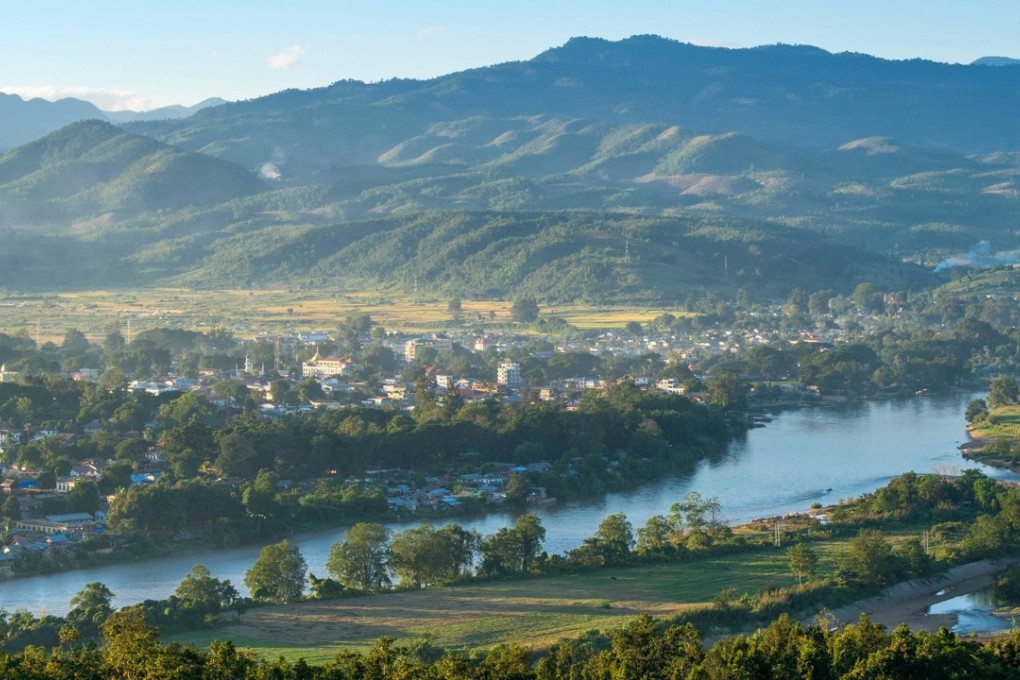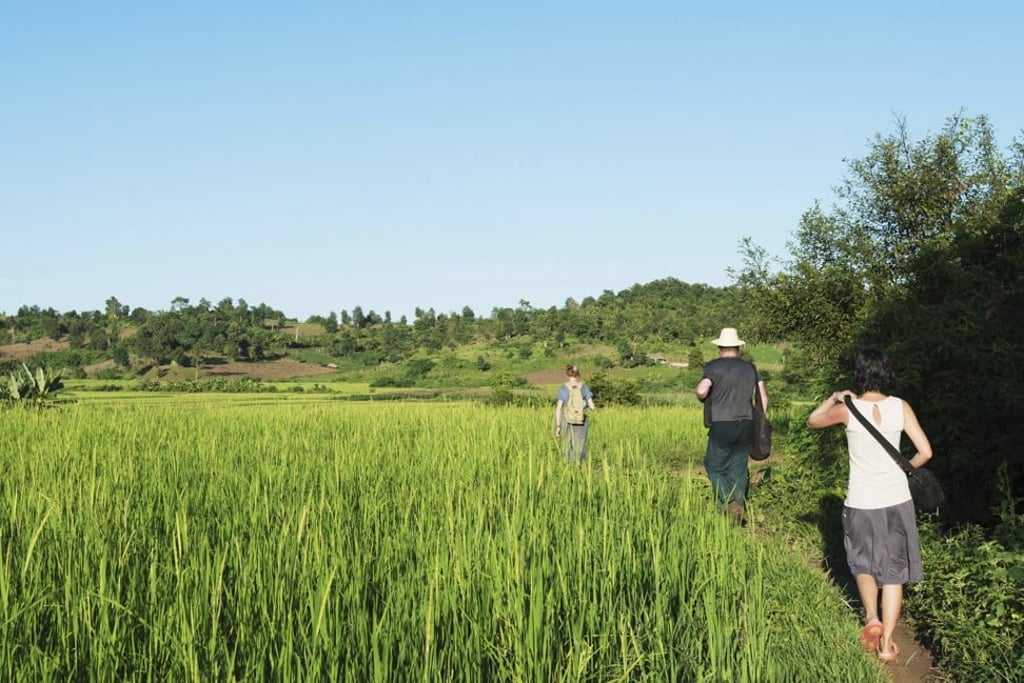Selfies with armed guerillas: holidays in Myanmar off the beaten track
With growing numbers of tourists looking beyond package tours, a trek through Myanmar’s northern Shan state offers impressive views and a glimpse of an ongoing conflict between ethnic minorities and government forces

We have been trekking for about two hours through Hsipaw’s tea plantations, rice paddies, and lush palm tree forests, when our tour guide tells us to slow down. Fifty metres ahead, a few armed men stand at a single-barrier checkpoint on the dirt road.
We push on, and, after a few words with our guide, the men in military fatigues watch in silence as we cross the dusty control point. Our group of seven tourists has just delved into rebel-held territory in northern Myanmar.
Back to Burma: How a couple is restoring Myanmar’s colonial past, brick by brick
Any foreigner visiting Hsipaw might face similar encounters. Many visitors, tired of the high-end resorts and package tours in Bagan or Inle Lake, are heading towards this relatively unknown town in the northern part of the country in search of an “untainted” Myanmar experience.
With a population of around 20,000, Hsipaw is surrounded by round hills and sits next to one of the lazy meanders of the Myitnge river. A stroll through its oldest neighbourhood, Myauk Myo, reveals rural houses, a wooden monastery and a crumbling complex of pagodas generously named “Little Bagan” after the ancient city’s thousands of Buddhist temples.

